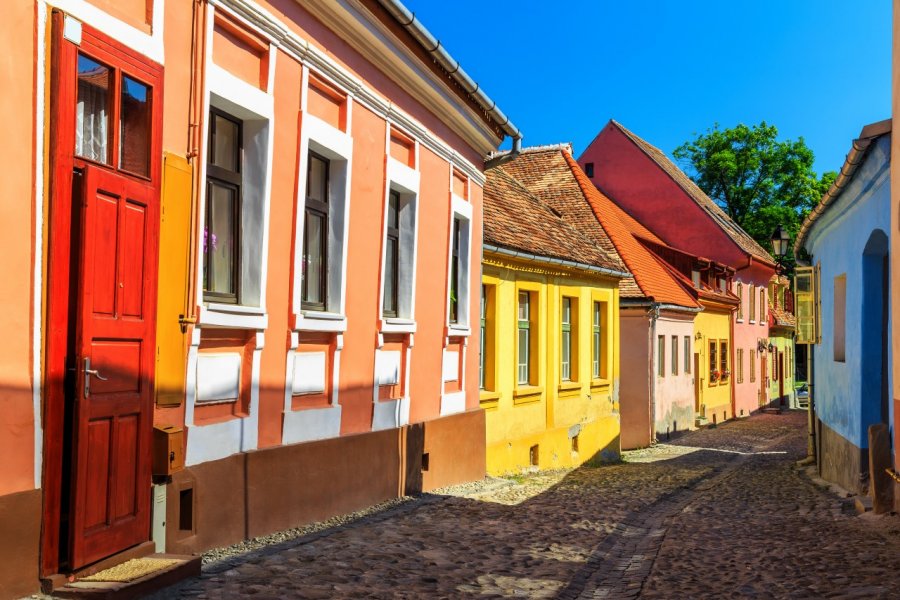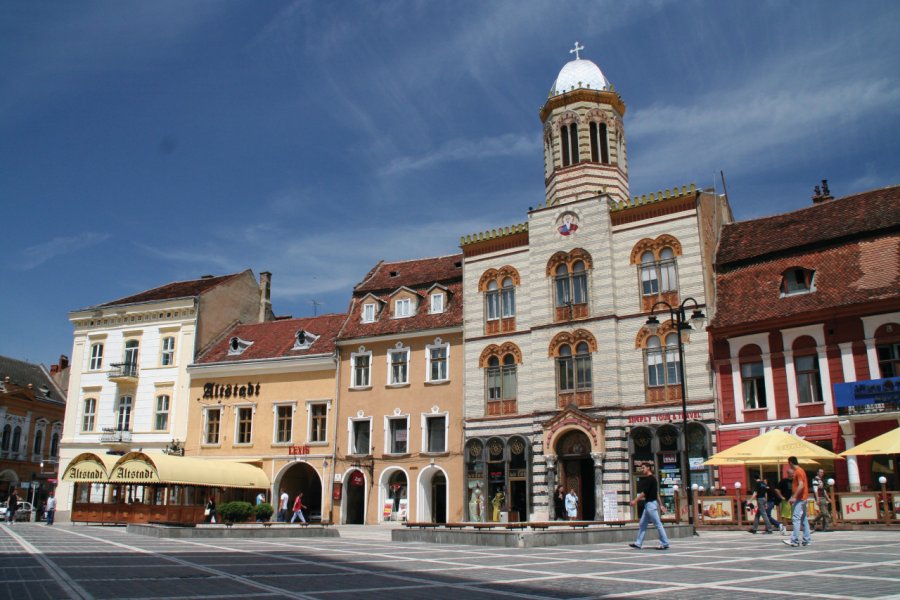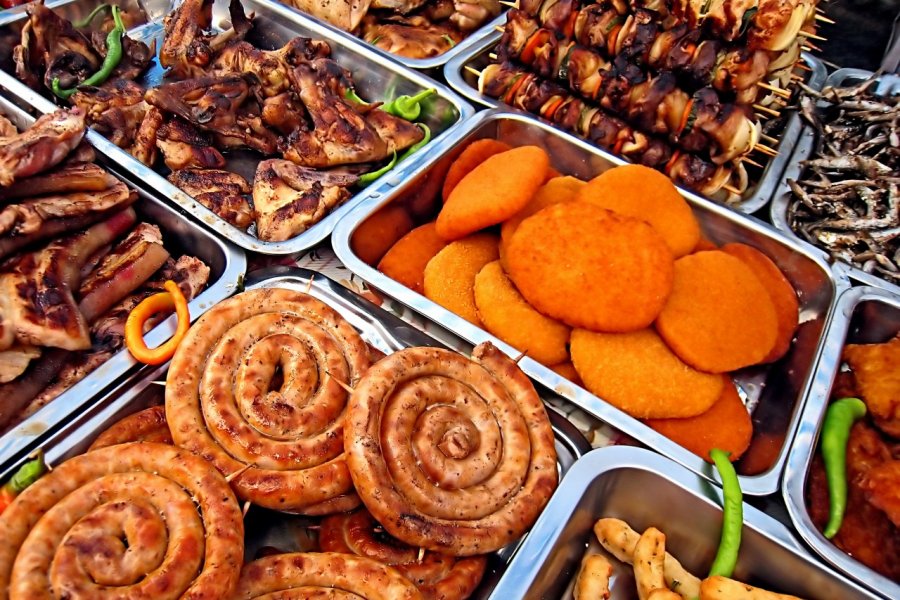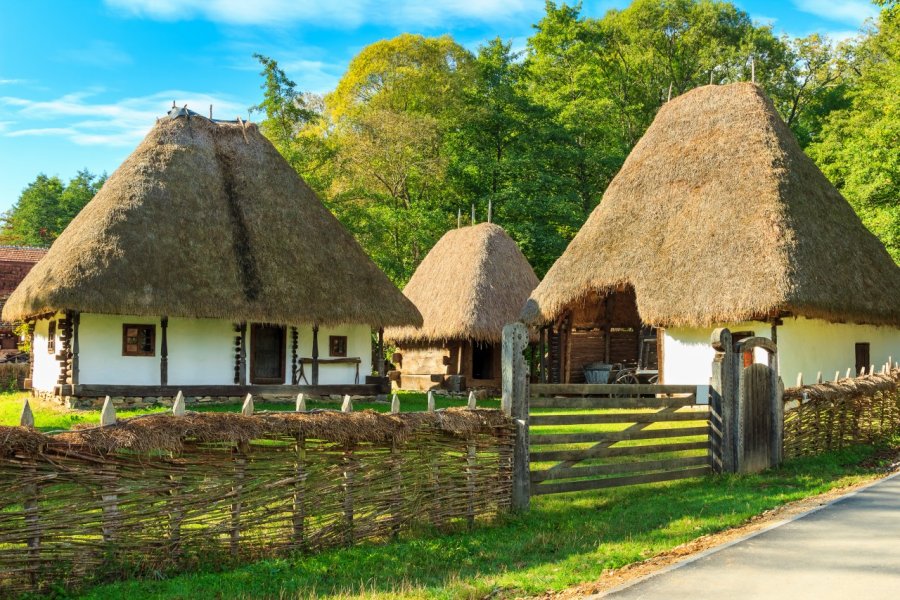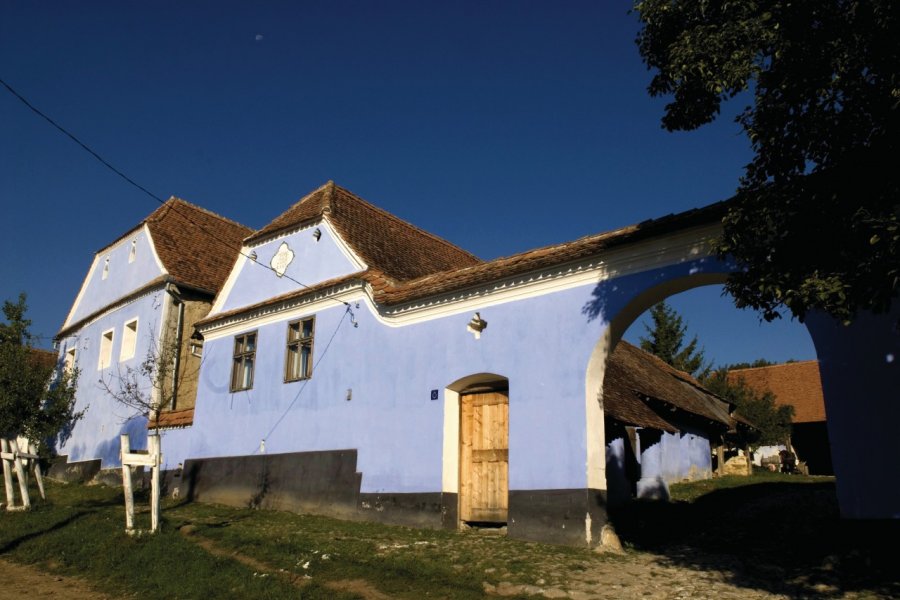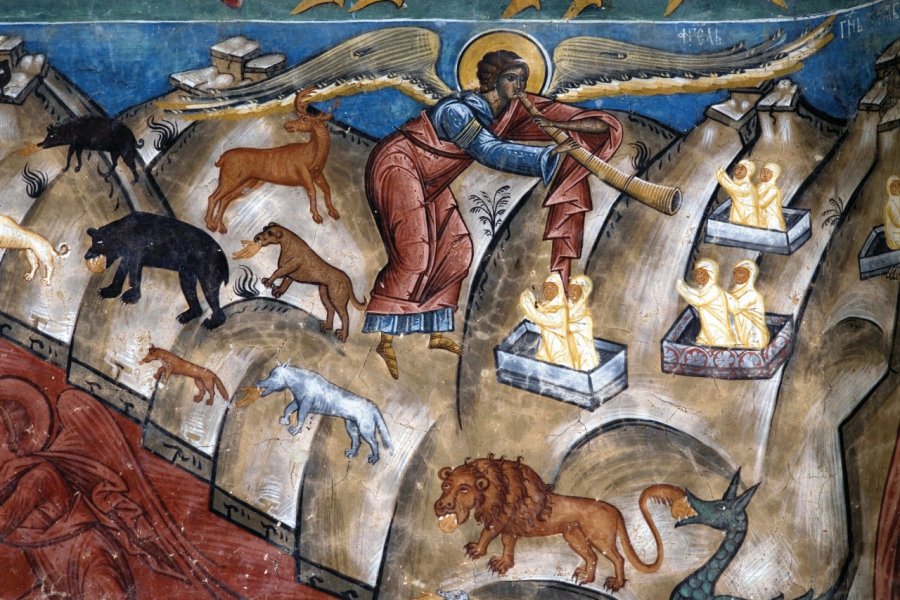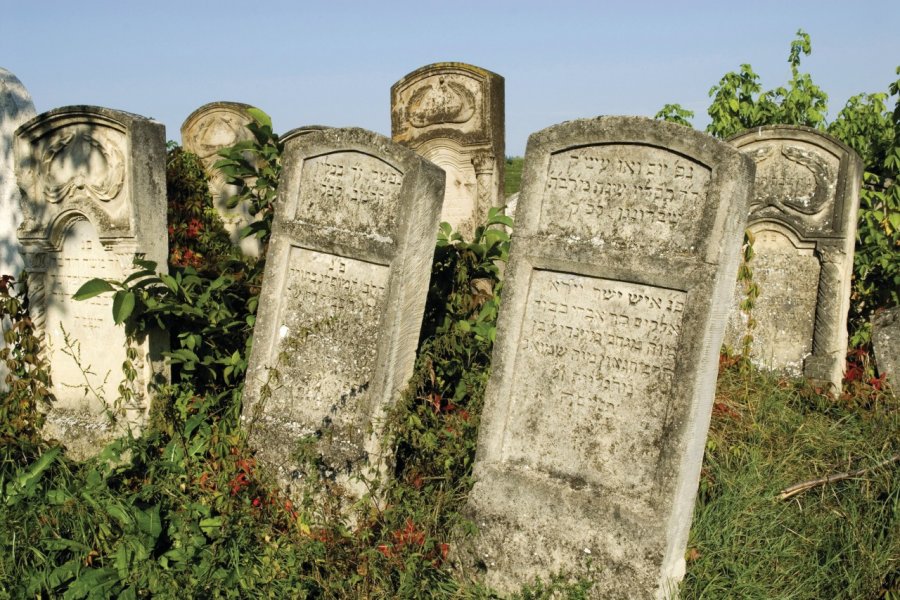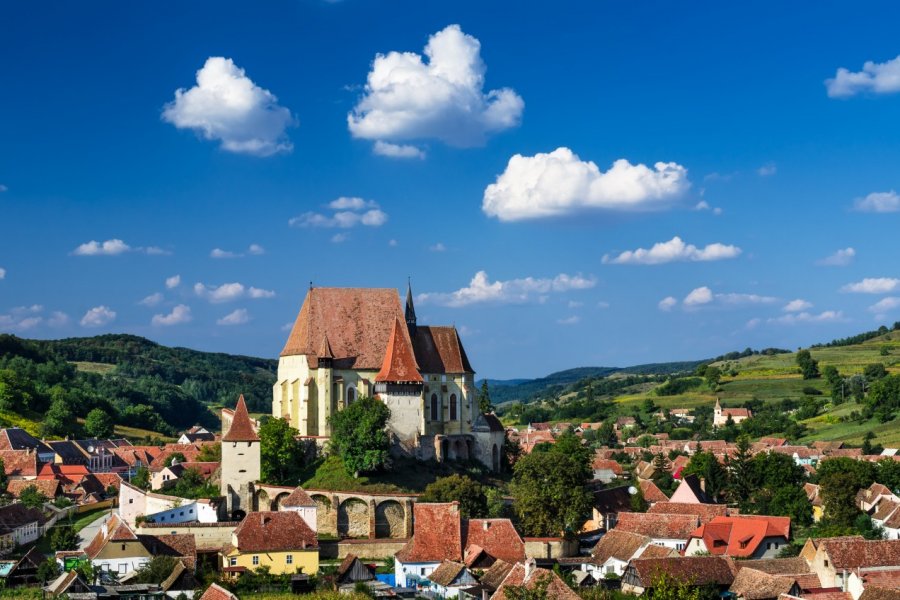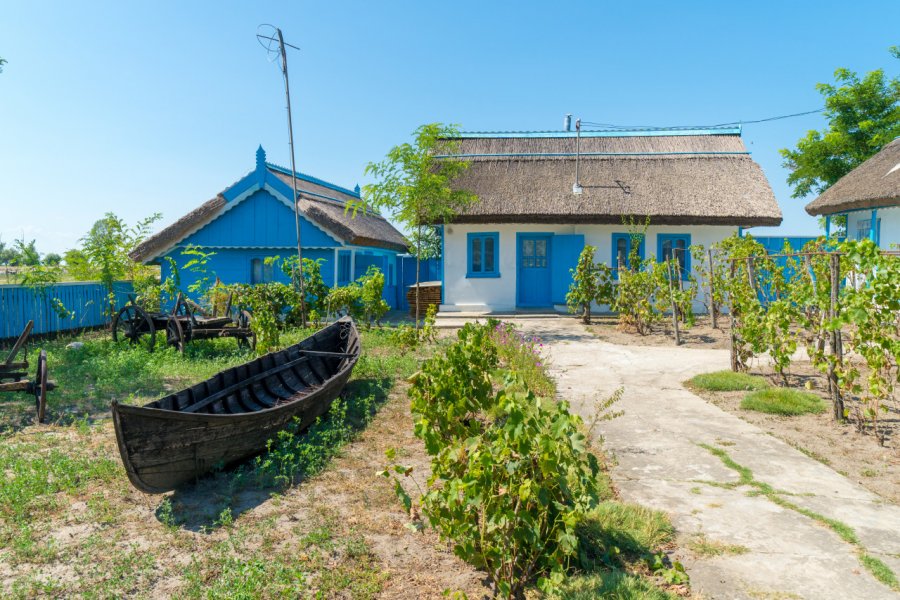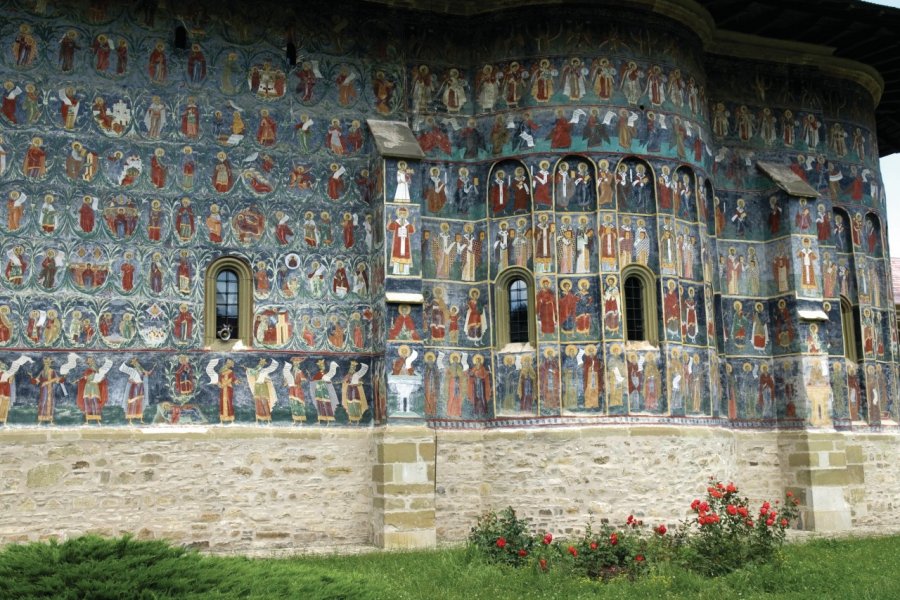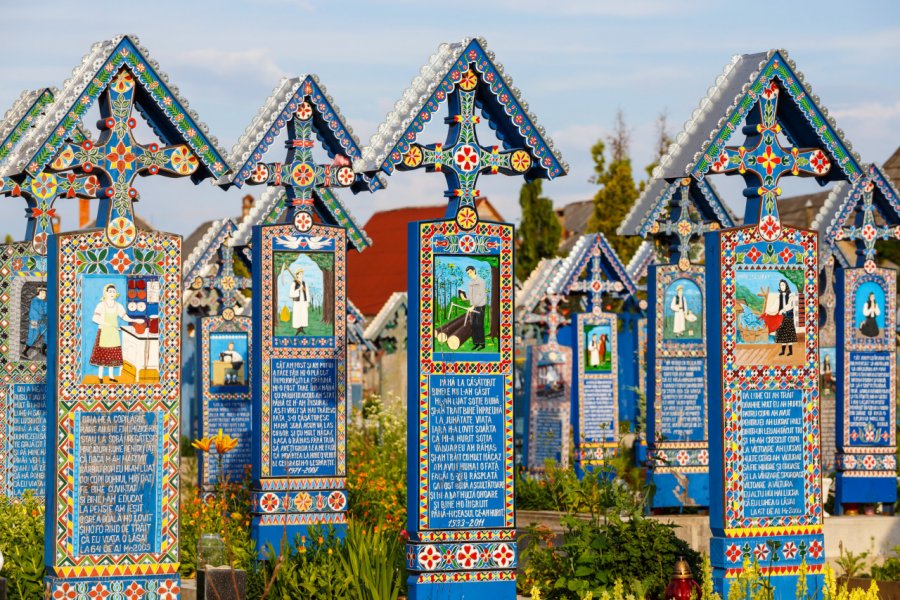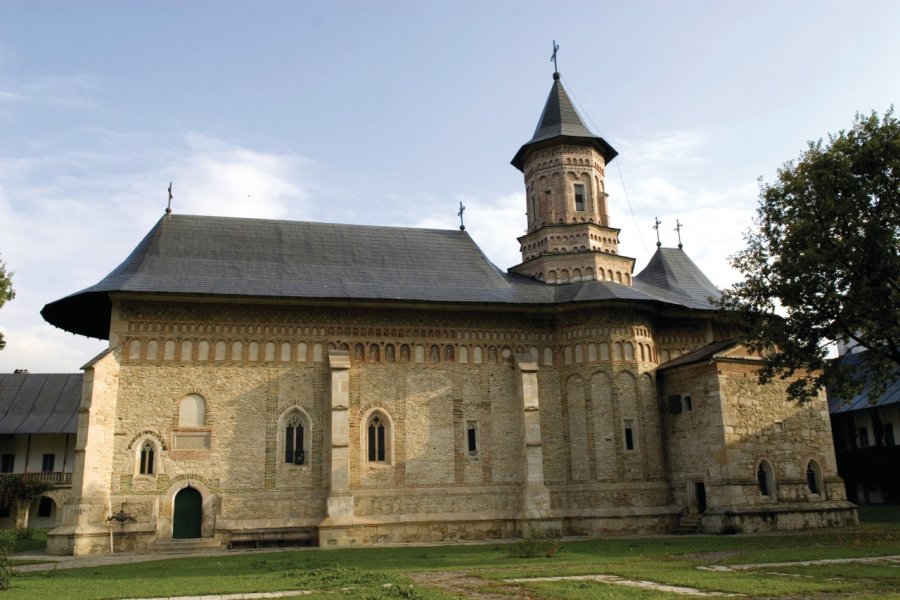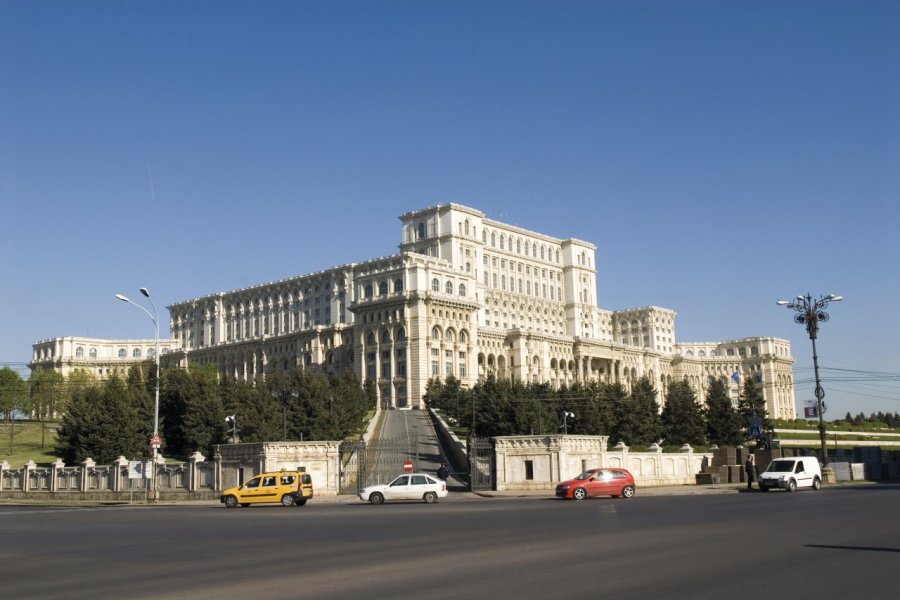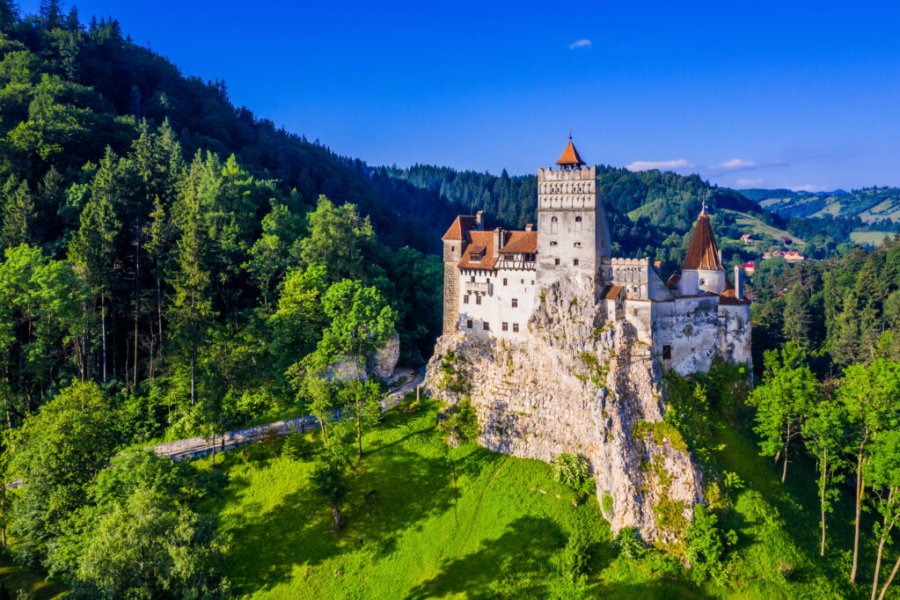Why go to Romania? The 10 good reasons to go Romania

The painted monasteries of Bucovina
Surrounded by hills, these 16th century churches are covered with colourful frescoes.

Bucharest, a surprising capital
Nicknamed "le Petit Paris", it offers an astonishing mix of architectures.

A tasty cuisine
The tasty farm products and the dishes of the peasant cuisine will delight you.

The rich traditions
Festivals, dances, costumes, popular crafts: folklore has kept its liveliness.

The bucolic countryside
Farmhouses, green hills and hay bales: the countryside charms by its authenticity.

The Carpathians
Between rocky peaks and rounded summits, its varied landscapes lend themselves to beautiful hikes.

The colorful medieval towns
At Brașov, Sibiu or Sighișoara the medieval centres are alive and well preserved.

The preserved nature
The vast forests are home to one of the richest fauna in Europe: bears, wolves, lynx..

The Danube Delta
A superb ballet of birds nestled in a tangle of canals, lakes, trees and reeds.

The Saxon citadels
The Saxon villages of Transylvania are home to imposing fortified churches.
What to visit Romania?

Interview: My Romania
Elodie AUFFRAY, author of the guide
His first meeting with Romania dates back to 2005. Since then, Élodie has returned there several times for long stays, enamoured of this surprising and endearing country, its lively and welcoming countryside, its capital with its disconcerting charm, its language that is both familiar and singular. Here, this Breton journalist shares her affection for Romania and her discoveries in the field.
See the video of the interviewGood to know to visit Romania
 Timetable
Timetable
Generally speaking, museums and other fee-paying sites open at around 9am and close at around 6pm. Times often change slightly between low and high season: from October-November to March-April, sites open and close a little earlier. Many are closed on Mondays. In Sibiu, but also in many public museums, closure extends to Tuesday.
For some particularly touristy attractions, such as Bran and Peleș castles, avoid peak hours in high season, preferring a visit on weekdays, at the very beginning or very end of the day: the crowds can really spoil the fun.
Finally, be aware that many museums are undertaking major modernization work, thanks to European funds. These projects can mean several years of closed doors.
 To be booked
To be booked
It's highly advisable to book your ticket online to visit the Libearty Bear Sanctuary in Zărnești, especially in high season, especially as it's in a somewhat remote location.
You can buy your ticket for Bran Castle online, a handy way of avoiding the queue on busy days. The ticket is valid until the end of the current calendar year. You can also book a visit to Bucharest's Palace of Parliament 24 hours in advance.
Reservations are often necessary for groups, especially as they can sometimes benefit from special services, such as egg-painting demonstrations at the Vama Egg Museum, which need to be organized.
 Budget & Tips
Budget & Tips
With the exception of a few highlights such as Bran and Peleș castles, or the Palace of Parliament, admission to museums and tourist sites is generally very inexpensive. Children and students benefit almost systematically from reduced rates (often divided by two or four), as do pensioners and senior citizens (a little less systematic and often a little less reduced). Proof of entitlement is required. Infants are admitted free of charge.
If you want to take photos, you will be charged an additional fee.
Bring change to pay: card payment terminals are not always available!
Some towns offer group rates for visiting different sites. This is the case in Sibiu and Brașov, for example.
 Guided tours
Guided tours
You will find tourist information centres all over the place. Their quality is uneven and they do not provide guided tours. They are sometimes closed all weekend, especially out of season.
In the big cities, free tours are offered, provided by locals: in Bucharest and at Brașov with Walkabout Free Tour, at Timișoara with Free Walking Tour, in Cluj with Cluj Guided Tours... Alternative Bucharest Tour proposes to discover the street art frescoes of the capital. These free tours are, as their name suggests, free, but tips are welcome at the end of the tour.
Guided tours are often in English, but you will also find some in French.
NGOs, foundations and associations active in the protection of heritage and the environment can be good sources of information. They also sometimes offer tourist services (guided tours, excursions, maps...).
Several municipalities have launched applications dedicated to tourists, rather well done: Sibiu City App, Oradea City, Brașov Tourism, Bucharest CityInfo..
 What's very local
What's very local
In the villages, to visit the churches, you sometimes have to ask a local for the key.
Every town and many villages have their own ethnographic museum. Their prices are ridiculously low, and they may be a little old-fashioned, but they are a treasure trove of folk art.

